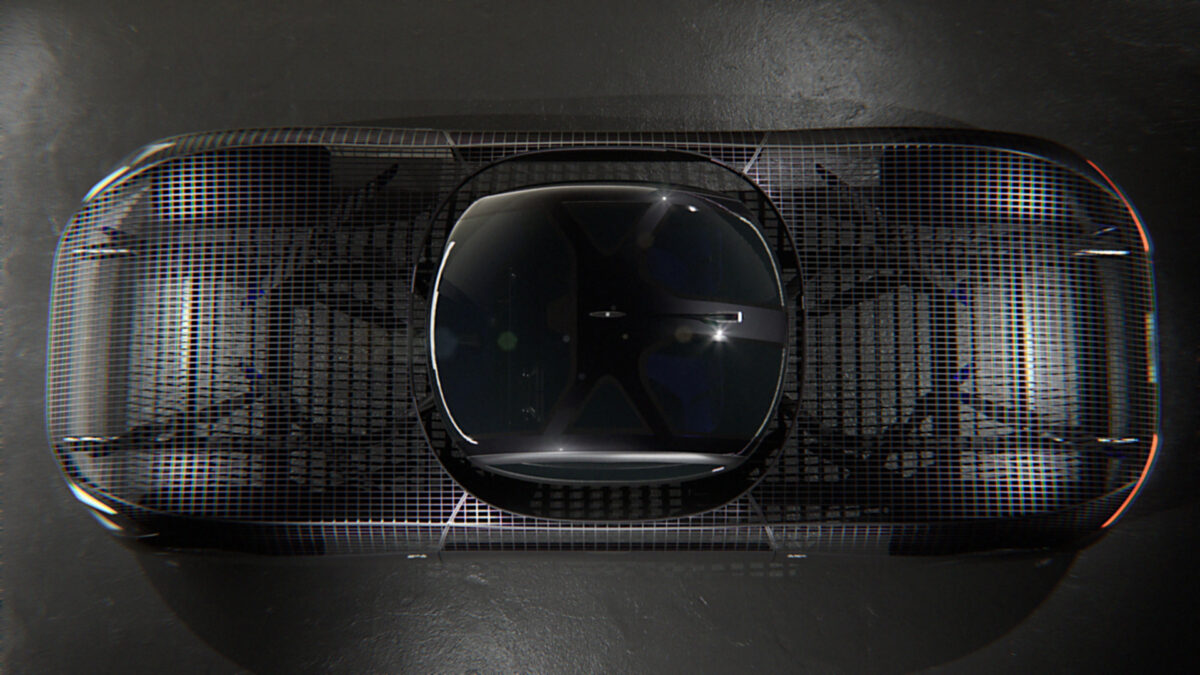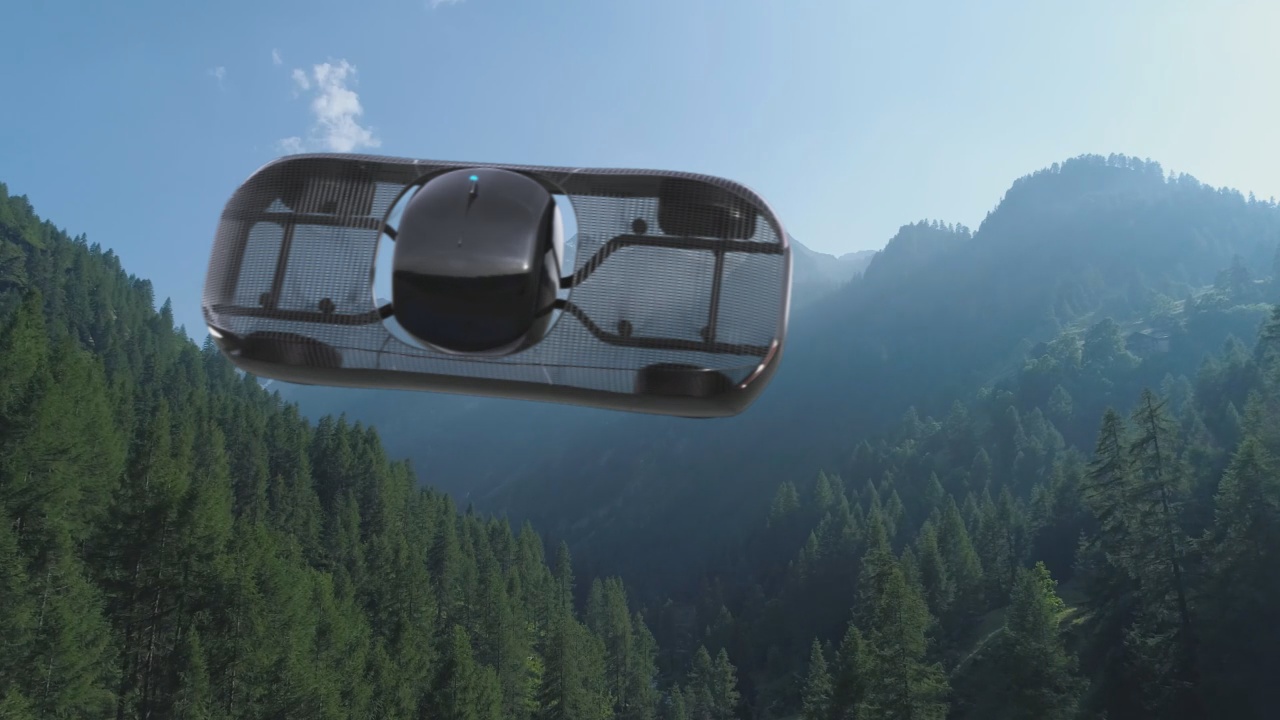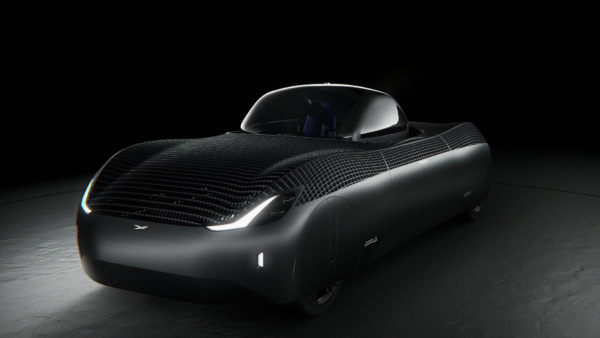Blue Sky Design

Composites push private flying cars closer to commercial reality
Flying cars are a staple of science fiction—an integral part of a technologically advanced future where designs that are now visions become reality.
Alef Aeronautics Inc., of San Mateo, Calif., is developing its own vision of future mobility through development of an electric flying car, which could be transporting people over traffic jams and other road obstacles as soon as late 2025. In the process the company’s design will make polymer composites much more visible as vital and enabling materials in vehicle design.
Alef, founded in 2015 by Constantine Kisly, Pavel Markin, Oleg Petrov and Jim Dukhovny, received a Special Airworthiness Certificate from the FAA on June 12. The certificate authorizes the operation of the aircraft in U.S. airspace. This means the electric vertical takeoff and landing (eVTOL) vehicle can be tested and flown throughout the U.S.

Alef Model A flying car transitions in climb to horizontal flight. Images courtesy of Alef Aeronautics Inc.
The company, which has been testing the Model A since 2019, unveiled the prototype last October. The FAA certification will help push development toward planned commercial sales in the fourth quarter of 2025, when vehicles will be available for $300,000 each. (A $35,000 Model Z is slated for 2035.) FAA classifies the Model A as an ultralight, so no pilot’s license is needed to fly it.
Alef Aeronautics executives did not answer requests for interviews. However, a look at the design and materials options for the Model A is in patent literature (US 11,485,490 B2).
The use of composites throughout the vehicle is extensive due to their strength and weight savings. Carbon fiber tubing, as little as one-third the weight of aluminum, is a material of choice in many high-performance land, sea and air vehicles. In the Model A it may be used primarily in the longerons and ribs. Carbon fiber tubing, of course, has high strength-to-weight and stiffness-to-weight ratios, as well as exceptional dimensional stability due to its extremely low coefficient of thermal expansion.

In road-travel mode the Model A resembles a streamlined sportscar.
No fabrication details are in the patent, but tubing is usually made of multiple prepregs.
Carbon fiber panels, also made with prepregs, may be used in the vehicle’s wing, elevons and other surfaces. The wing measures 9.5 square meters (102.25 square feet). The patent states panels may be of a sandwich design—which might include honeycomb cores—and may be fabricated in varying thicknesses to enhance strength.
Assembly of composite parts may be with an epoxy adhesive.
On the ground, the vehicle resembles a high-styled sports car, albeit with a gimbaled cabin that swivels for flight. The Model A can seat two people; is powered by eight vertically mounted, variable-pitch propellers, each with five carbon fiber blades and each powered by a brushless DC motor; has numerous redundant safety devices, and a ballistic parachute. A battery with 72 lithium-polymer cells delivers 35 KW of consistent power to the eight brushless DC motors and 60 KW of peak power in 5-second bursts. Battery capacity may be 450 amp-hours, the patent states.
The flying car’s dimensions are 5.09 meters long x 2.12 meters wide x 2.2 meters high (16.7 x 6.9 x 7.2 feet). It has nominal gross weight of 480 kilograms (1,056 pounds), cruising speed of 112 mph and range of 171 kilometers (106.25 miles). The Model A’s rate of climb is 13.1 feet/second, and transition from vertical to horizontal flight takes 5 to 8 seconds.
The Alef Model A looks off to a fast start in the race to develop and perfect flying cars for private use. The composites-rich design and attention such a vehicle will get could broaden appreciation of the benefits these materials bring to emerging applications. (See also accompanying videos.)
Hop Scenario
Highway in the Sky – Bridge
Forward Flight in Transition Mode
